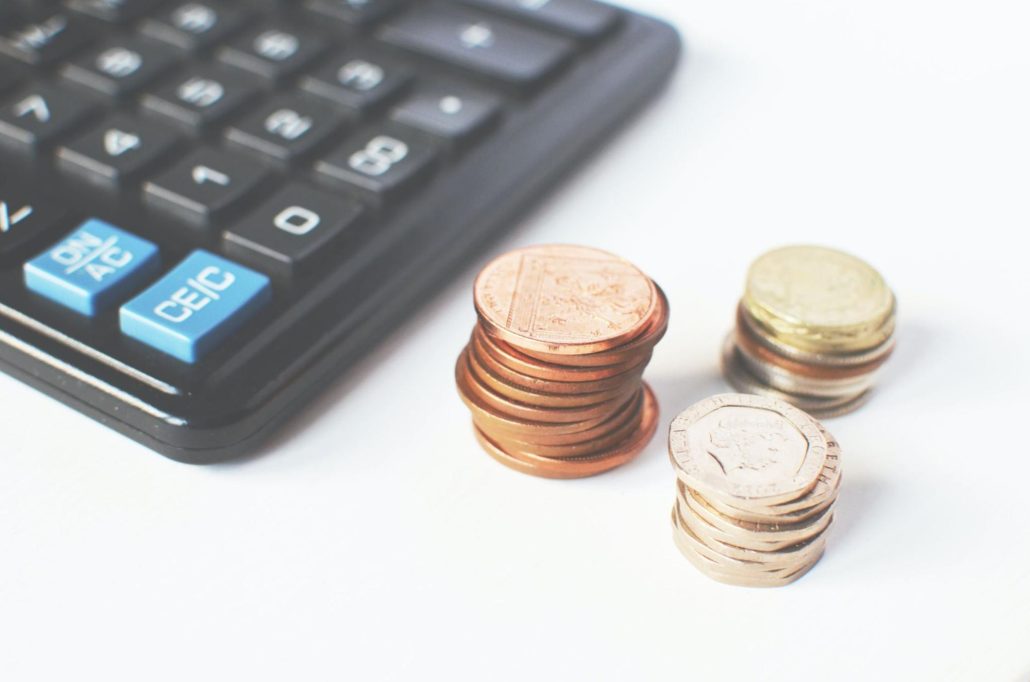The Basics of Budgeting: A Step-by-Step Guide
In uncertain economic times, mastering the art of budgeting is a vital skill. One of the key reasons so many people view us as a trusted independent lender is because of the sound financial advice we offer.
We want to help as many people as possible, which is why we are pleased to offer a step-by-step guide aimed at helping you master the basics of budgeting. Whether you are looking to move out of debt, or you are keen to develop long-term plans for positive financial health, we want you to be as fully informed as possible.

Introduction to Budgeting
A budget is a financial plan that helps you navigate your income and expenses. The benefits of budgeting include a clear financial picture, usually meaning less anxiety over money matters, and improved planning for regular expenses or unexpected ones. Especially important if you’re considering a loan or have recurring monthly bills, budgeting is your financial compass.
Having a clear, open and ordered budget can be a big weight off people’s minds, with everything laid out and accounted for, knowing what is coming on, going out and what;s left. It can help to plan for things like weekends away, holidays, house moves and new cars, helping you get to where you want to be financially, and being able to enjoy life, knowing your finances are all accounted for.
The road to effective budgeting does need a few things though; time to complete it, a grasp of numbers, and in cases of family budgets, cooperation from all members. While it might seem daunting, especially for those not fond of maths and the financials, fear not. There are many helpful online resources like budget planners from reputable charities, with free tools like Google Sheets to ease the process.
We recommend keeping everything in one place to make record keeping and managing your budget much easier. Google Sheets is a great starting point which is free to use and share between different people,
Step 1: Measure your Income
The first step in budgeting is having a clear understanding of your income. Here’s a breakdown of how you can measure your income accurately:
Identify All Sources of Income
Regular Income: This includes your salary, wages, or any other regular earnings.
Additional Income: Any additional earnings such as bonuses, commissions, rental income, or side hustles should also be accounted for, like selling online
Document Your Income
Record Keeping: Maintain a record of your income. This can be done through pay stubs, bank statements, or income receipts.
Calculate Your Monthly Income
Fixed Income: If you have a fixed income, simply note down your monthly earnings.
Variable Income: If your income varies, calculate the average income of the last three months to get a realistic figure. This way, you account for any fluctuations in your earnings. If you can’t be certain what it will be, it’s wise to underestimate your income slightly if it fluctuates, to provide a buffer for unexpected circumstances.
Check Tax Codes and Deductions
Check your tax code on your payslip to ensure it’s correct. An incorrect tax code could mean you’re paying too much or too little tax. It’s easy to check, visit the Government website to better understand your tax code and ensure it’s right. Check other deductions such as pension contributions, insurance premiums, or loan repayments to ensure they are accurate and correct.

Step 2: Record all your Expenses
Accurate tracking of expenses is critical for an effective budget, this part usually takes the longest to ensure you include everything. Here’s a step-by-step approach to tallying your expenses:
Categorise Your Expenses
Fixed Expenses: These are regular monthly bills such as rent, mortgage, utilities, subscriptions, and insurance premiums.
Variable Expenses: Costs that fluctuate like groceries, dining out, entertainment, and fuel.
Non-Recurring Expenses: One-off or annual expenses such as car repairs, medical bills, or gifts.
Document your Daily Expenses
Keep receipts or make a note of all daily expenditures, no matter how small, using a notepad or a mobile app.
Review your Past Bank Statements
Look through the last three to six months of bank statements to identify all expenses. The more you are able to include, the more accurate your budget will be. Ensure you list all automatic payments, memberships, and subscriptions. Check for any that are no longer needed and cancel them to save money. Identify and list down all the payments made through credit cards.
Organise Your Findings
Create a spreadsheet to categorise and list down all the identified expenses. Make it a habit to record and update your expenses daily or weekly to maintain an accurate picture of your spending.
Step 3: Work out your Disposable Income
Determining your disposable income is straightforward but crucial. It’s the amount left after all expenses are subtracted from your income. Here’s how you can go about it:
Calculate your Total Income
Sum up all your sources of income as calculated in Step 1.
Calculate your Total Expenses
Sum up all your expenses as tallied in Step 2.
Subtract Expenses from Income
Disposable Income = Total Income – Total Expenses.
Ensure that every expense, no matter how small, has been accounted for in the calculation to get an accurate figure. Check if the remaining amount fits with your current needs and financial comfort. Is it enough to cover your day-to-day living costs with a little extra for savings and leisure?
If the disposable income seems off, revisit your income and expense calculations for any omissions or errors.
Adjust Your Budget
If your disposable income is lower than you’d like, review your expenses to see if you can identify areas for potential savings, or consider ways to increase your income.
Set your Financial Priorities
Work out what is important to you, financially, so you can ensure your disposable income is allocated to meet your short-term and long-term goals. It helps to save a portion of your disposable income for emergencies, and invest another portion for the future.
Step 4: Create Your Budget
Now, with a clear understanding of your income and expenses, it’s time to craft your budget.
Identify areas of unnecessary spending and opportunities to save. This step may reveal if additional income sources are needed or if certain subscriptions and services can be cancelled to bolster savings.

Step 5: Setting Long-Term Goals
With a budget in place, set realistic long-term goals. Whether saving for a holiday, Christmas, or other future expenses, your budget is now a tool to help plan and achieve these financial milestones.
Budgeting isn’t just about numbers; it’s about creating a financially secure and stress-free life. Here at One Stop Money Shop, we not only offer dependable loan services but also empower you with the knowledge to manage your finances proficiently.
This basic budgeting guide is a stepping stone towards a financially stable and fulfilling life and One Stop Money Shop is here to assist you as best we can in feeling confident and content in your finances.




Leave a Reply
Want to join the discussion?Feel free to contribute!